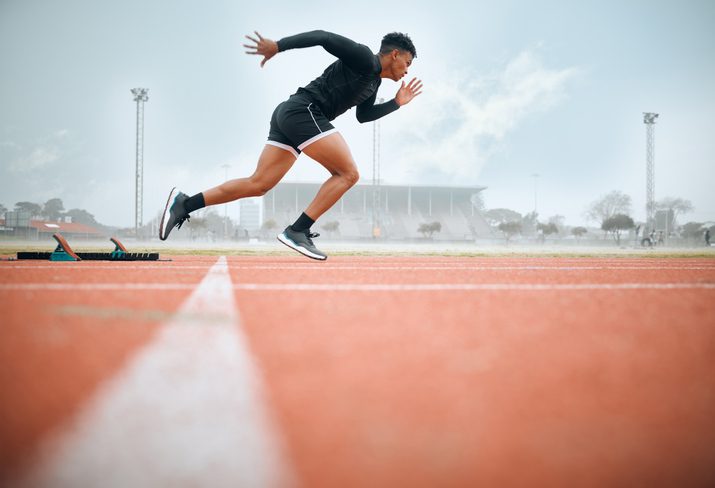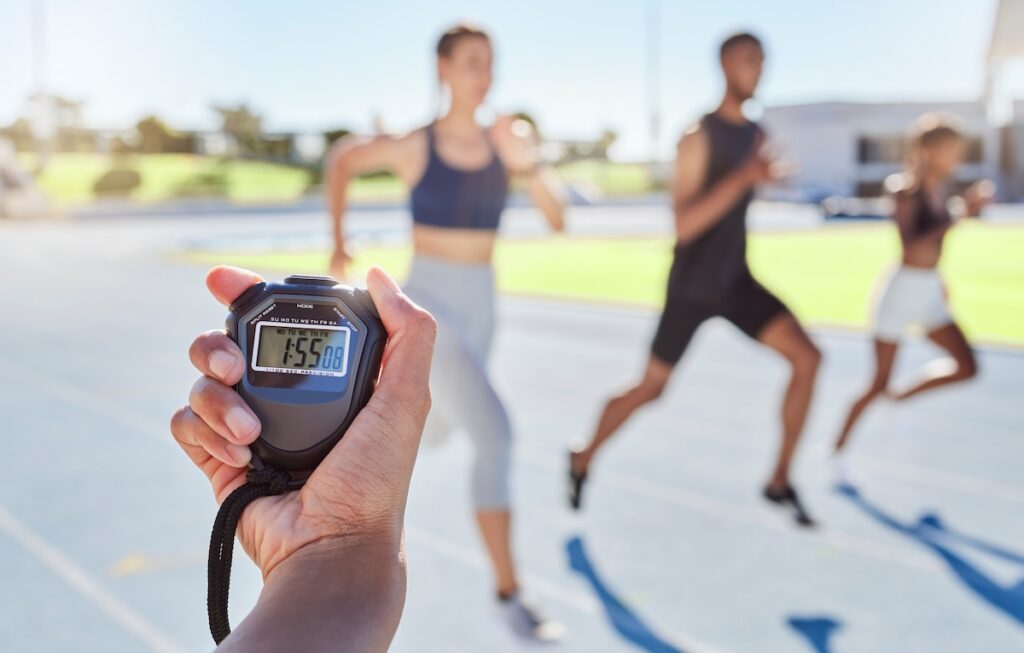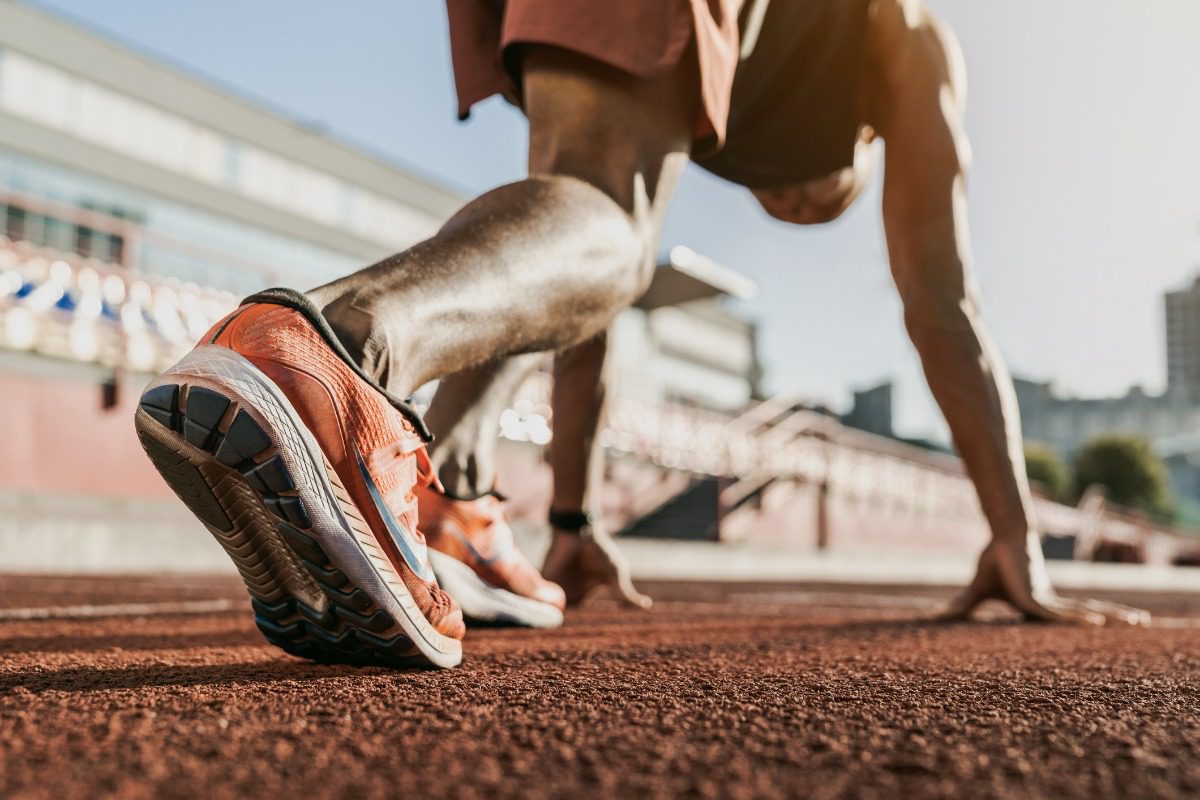Back in the 1960s, an Air Force physician named Dr. Kenneth Cooper developed a no-frills way to measure cardiovascular fitness: run as far as you can in 12 minutes. Known as the Cooper test, it was designed for military use, but quickly made its way into schools, running clubs and coaching manuals. Today, it’s making a quiet comeback, touted as one of the most accessible ways to estimate VO₂ max without lab gear or pricy tech.

VO₂ max stands for maximal oxygen uptake: the greatest amount of oxygen your body can use during intense exercise. The higher your VO₂ max, the better your cardiovascular system is at delivering oxygen to your muscles, and the faster and longer you can run.
How it works
The test couldn’t be easier to try. You warm up, start a timer and run hard for exactly 12 minutes—on a track if possible, or a flat, measured route. When the clock hits zero, record your distance. That number isn’t just for bragging rights; it feeds into a simple formula to estimate your VO₂ max. If you ran in kilometres, multiply your total by 22.351 and subtract 11.29. If you ran in miles, multiply the total by 35.97 and subtract 11.29. That number gives you an estimate of your maximal oxygen uptake—basically, how well your body can deliver oxygen to your muscles during intense effort. You can also use an online calculator, like this one.
What the numbers mean
VO₂ max varies by age, sex and training history, and while this estimate isn’t perfect, it can reveal patterns. Competitive endurance athletes often clock in above 70. For recreational runners, anything above 35 ml/kg/min for men or 30 ml/kg/min for women is typically seen as a sign of solid aerobic fitness. That doesn’t mean you’re ready for the Olympic Trials—but it does suggest your heart, lungs and muscles are working well under stress.
Here’s an example using kilometres: Say you ran 2.4 km in 12 minutes. Multiply that by 22.351 and subtract 11.29: (2.4 x 22.351) – 11.29 = 42.35 ml/kg/min. If your number feels high or low, don’t panic—it’s just a benchmark. Environmental factors, such as heat, wind and hills, can all skew results, and pacing a 12-minute all-out effort requires practice.

Why runners still use it
Unlike treadmill protocols or high-tech lab tests, the 12-minute run measures something refreshingly raw: your current aerobic fitness under real-world effort. It strips away gadgets and zones and reminds you what running hard actually feels like. Better yet, it’s repeatable. Try it a couple of times a year, and you’ll get an honest read on whether your training is improving your engine—or if it’s time to switch things up.
